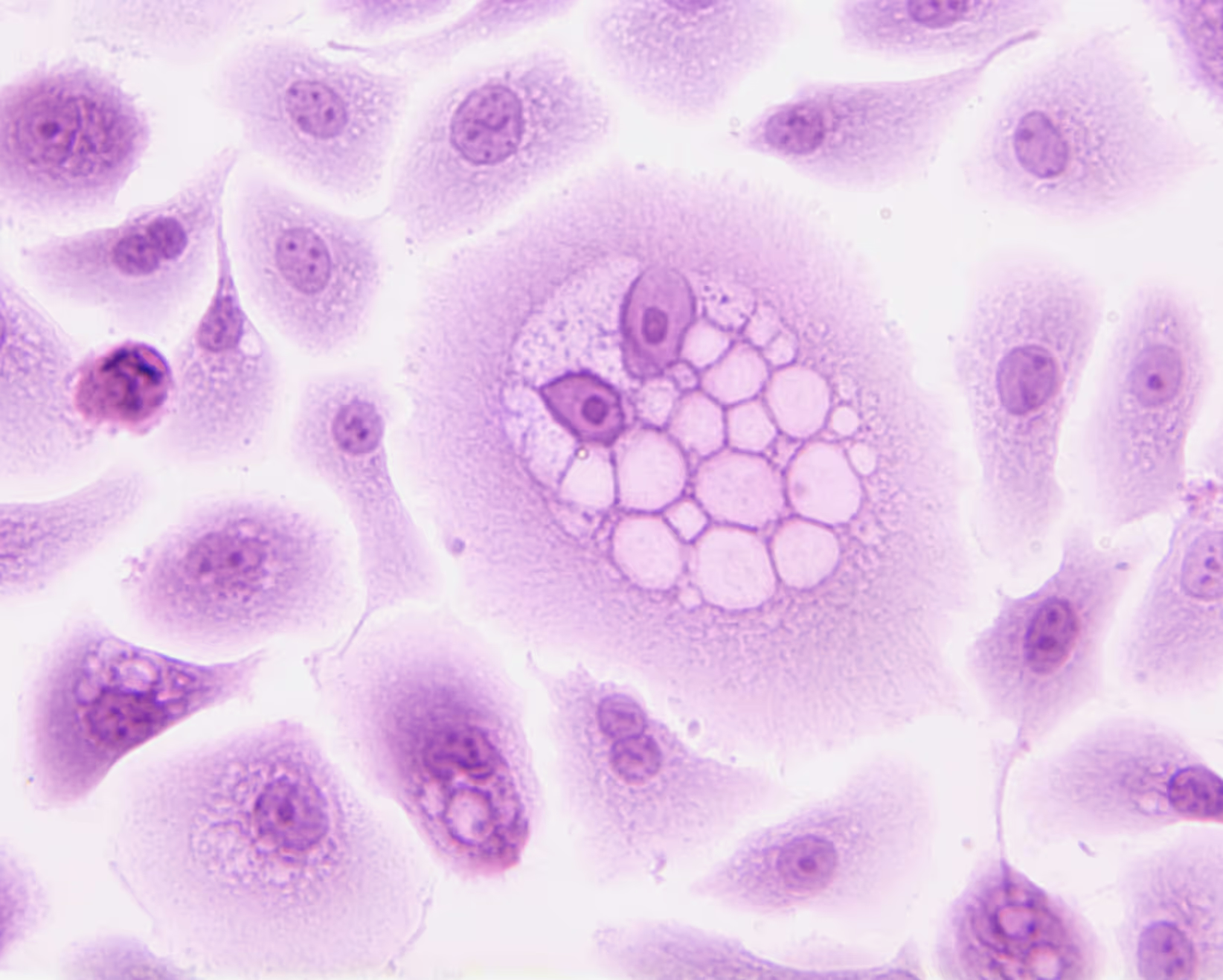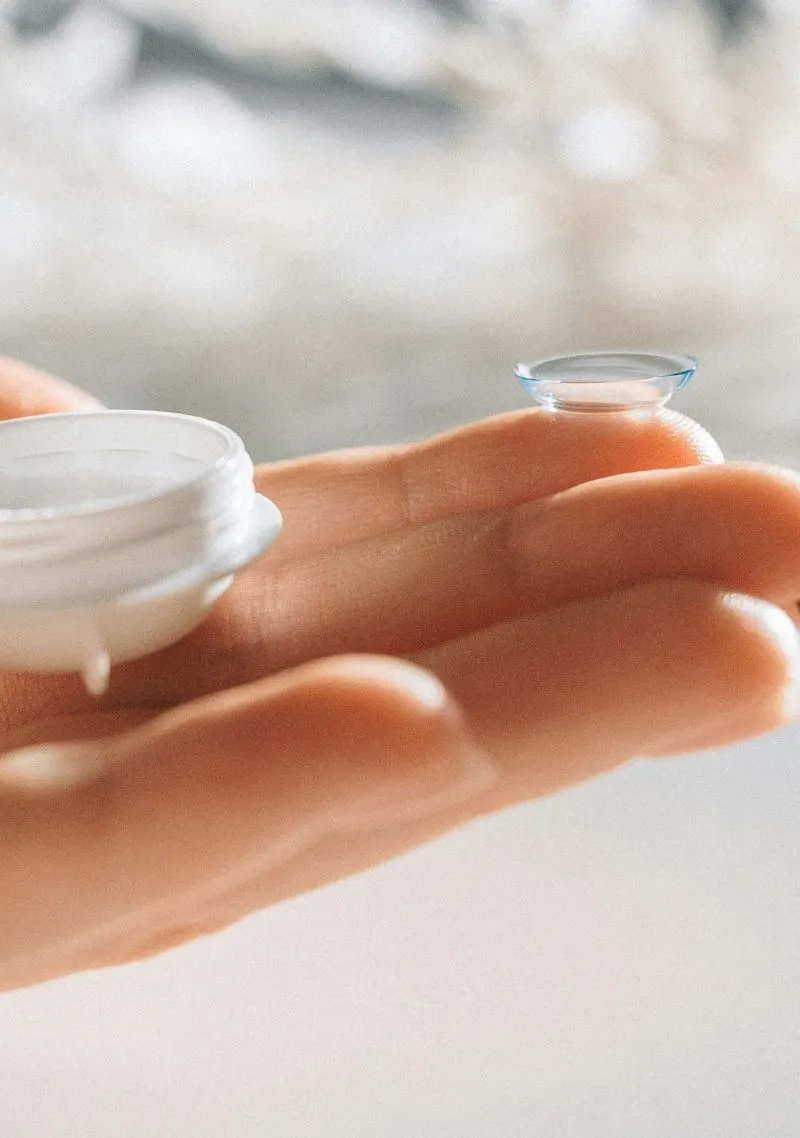Our Technology Approach
Using our innovative 2-D HPLE (High-Performance Liquid Electrophoresis) technology, we have discovered novel serum biomarkers for the early detection of cancer and Alzheimer's.
This technology separates protein complexes from the serum samples of cancer patients and cerebrospinalfluids (CSF) of neurodegenerative patients.
This technology separates protein complexes from the serum samples of cancer patients and cerebrospinalfluids (CSF) of neurodegenerative patients.

Neurology
Using our proprietary 2-D HPLE technology, we successfully separated the CSF of neurodegenerative patients into 102 protein complex spots on PVDF membranes and discovered several biomarkers capable of detecting Alzheimer's through a simple lateral flow blood test.

Oncology
With the same 2-D HPLE technology, we also identified two exciting biomarkers. The first mimics cancer progression, allowing our team to precisely detect cancerous cells at much earlier stages than currently available biomarkers. The second regulates cell cycle progression.
What we do?



.avif)
.avif)





